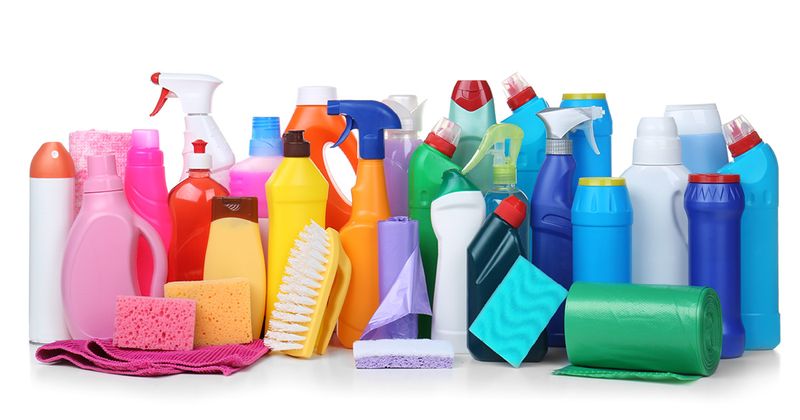Asthma warnings recommended for common household products
Click Here to Manage Email Alerts
Commonly used household products should carry a warning that they increase the risk for asthma, according to an evidence review conducted by Smartline, a research project funded by the European Regional Development Fund.
The researchers found evidence that volatile organic compounds (VOCs) from a wide range of household products — such as paints, varnishes and wax, and many cleaning, disinfecting, cosmetic, degreasing and hobby products — increase the risk for asthma and thus should have labeling that reflects this risk and warns people to ventilate their homes while using these products. Concentrations of VOCs, which are emitted as gases from certain solids or liquids, are consistently up to 10 times higher indoors than outdoors, according to a press release.

The researchers reviewed 12 studies that have been published since 1990 to evaluate the relationship between increased indoor particulates (PM2.5 and PM10) and VOCs and risk for asthma among adults.
The results showed inconclusive evidence on the association between indoor PM2.5 and asthma.
However, the study provided collective evidence that the composition of many VOCs in household products increases the risk for asthma for adults, especially aromatic and aliphatic compounds, according to the researchers. These particles and compounds vary by household, caused by factors such as leaks in building fabric, heating and ventilation systems, damp, smoking, cleaning products, and aerosols.
For instance, one study with high-quality evidence showed a 15% (95% CI, 1.14-1.16) increased risk for asthma as measured by spirometry associated with a 100% increase in exposure to limonene, a naturally occurring aliphatic compound found in products such as shampoos, detergents and air fresheners. Another study of medium quality evidence showed an increased risk for asthma symptoms associated with wood and kitchen painting (OR = 1.43; 95% CI, 1.01-2.06).
Also, researchers reported that exposure to aromatic compounds (adjusted OR = 1.68; 95% CI, 1.08-2.61) and chlorinated hydrocarbons (adjusted OR = 1.5; 95% CI, 1.01-2.23) increased risk for one to two wheezing attacks for people without a respiratory illness. Aromatic compounds also appeared associated with nocturnal breathlessness in older adults.
The researchers noted that asthma is a complex disease that impacts about 10% of the adult population in the United Kingdom, which is one of the highest rates in the world. They called their systematic review the first of its kind to investigate the relationship between air pollutants and the risk for asthma among people in higher-income countries.
“Our findings are concerning because we often use multiple products at home, and people are unaware of the dangers,” lead researcher Cheryl Paterson, research associate and PhD student at University of Exeter College of Medicine and Health, said in the release.
“For example, the findings show the risk [for] asthma to increase by 40% for people exposed to five VOCs, while another study found that people without asthma are also at risk of wheezing attacks, especially when exposed to products containing benzene, a common chemical used to make other industrial chemicals and as a solvent in many everyday products,” Paterson said.
The study highlights the risks that indoor pollutants can have on people’s respiratory health, especially for vulnerable people who already experience health problems, the researchers said.
“As people are spending more time indoors, our research is particularly important to inform new public health strategies to reduce asthma,” Karyn Morrissey, PhD, MA, principal investigator at Smartline, said in the release.
“To raise awareness of the potential health risks, industry and policymakers need to use more explicit health warnings on product labels. This should include better health messaging and advice about using and storing these chemicals in the home, including proper ventilation while in use,” Morrissey said.
